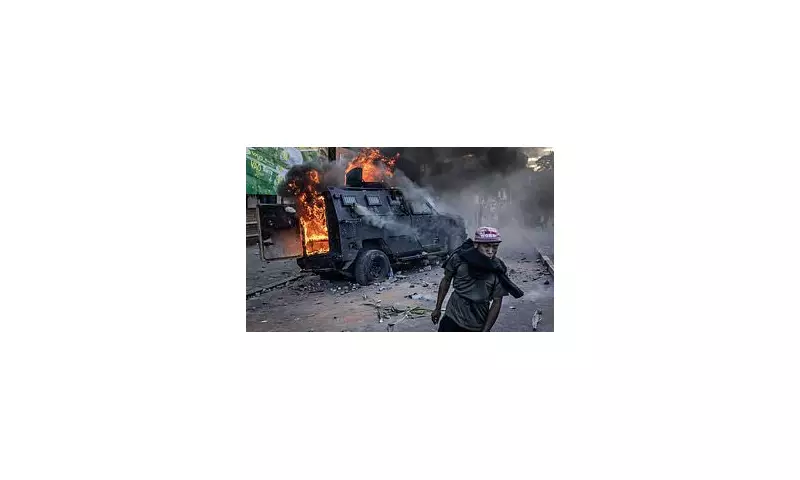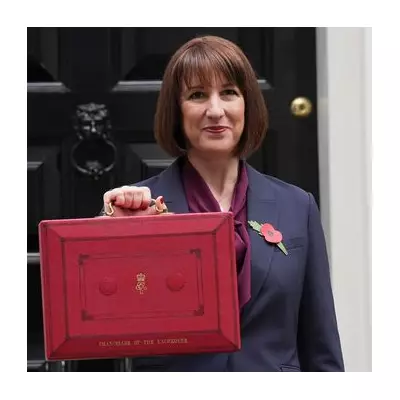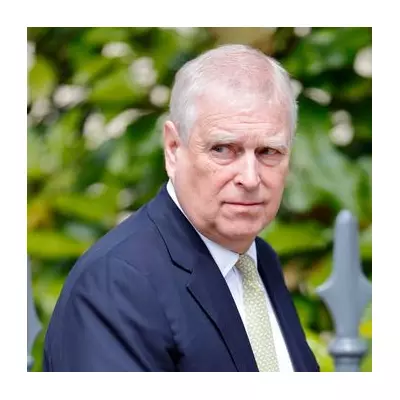
Madagascar has been plunged into political chaos as President Andry Rajoelina was compelled to flee the country following escalating anti-government demonstrations that turned violent across the capital.
Capital Descends Into Anarchy
Security sources confirm that the president was evacuated from Antananarivo amid genuine fears for his personal safety, with protestors breaching government security perimeters and setting key administrative buildings ablaze. The presidential palace remains surrounded by angry demonstrators demanding immediate political reforms.
What Sparked the Political Inferno?
The current crisis erupted after President Rajoelina's controversial decision to dissolve parliament and call snap elections, a move opposition leaders labelled as a blatant power grab. The situation rapidly deteriorated when security forces employed tear gas and live ammunition against protestors, resulting in multiple casualties.
Eyewitnesses report scenes of complete pandemonium in central Antananarivo, with:
- Government vehicles set on fire
- Looters targeting state-owned businesses
- Roadblocks erected by protestors
- Security forces retreating from key positions
International Community Reacts
World leaders have expressed grave concern about the deteriorating situation in Madagascar, with the United Nations calling for immediate dialogue and restraint from all parties. Regional African bodies are attempting to mediate while neighbouring countries have closed their borders with Madagascar.
What Comes Next for Madagascar?
With the president in exile and no clear succession plan, political analysts warn the nation faces a dangerous power vacuum. The military's allegiance remains uncertain, while opposition factions struggle to present a unified leadership alternative.
This developing story represents the most severe political crisis Madagascar has faced in over a decade, raising concerns about regional stability and democratic governance in the Indian Ocean region.





